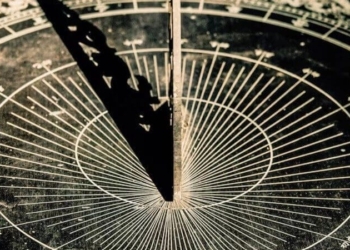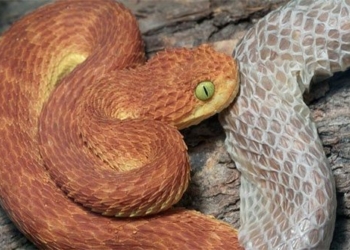Crocodiles are large, ancient carnivorous reptiles that have been around for 230 million years. Who would have guessed that crocodiles were top predators alongside the dinosaurs? When dinosaurs ruled the Earth, crocodiles thrived in various water systems around the globe.
In the prehistoric world, many species of enormous crocodiles existed, even rivaling the mighty Tyrannosaurus rex. Regardless of how fierce the land dinosaurs were, they had to be cautious when approaching water sources, as dangerous crocodiles lurked beneath the surface.
65 million years ago, almost all dinosaur species went extinct, yet many crocodile species from that era still inhabit the Earth today. Even now, the appearance, hunting methods, and living habits of crocodiles have not changed significantly compared to their ancestors.
Crocodiles belong to the class of vertebrates, reptiles, and the order Crocodylia. Today, there are 23 recognized species of crocodiles, among the most well-known being the Ganges crocodile, Nile crocodile, Siamese crocodile, and Chinese alligator. The bodies of crocodiles are covered with a super-tough epidermal armor, akin to the iron armor of ancient generals.
Crocodiles prefer to live in freshwater environments such as rivers, lakes, ponds, and swamps, although some species can also thrive in saltwater. They are always regarded as top-tier predators in their habitats.
Their prey is diverse and abundant, including fish, turtles, birds, frogs, many herbivorous and carnivorous species. For larger crocodiles, their prey can even include lions, American leopards, and juvenile African elephants.
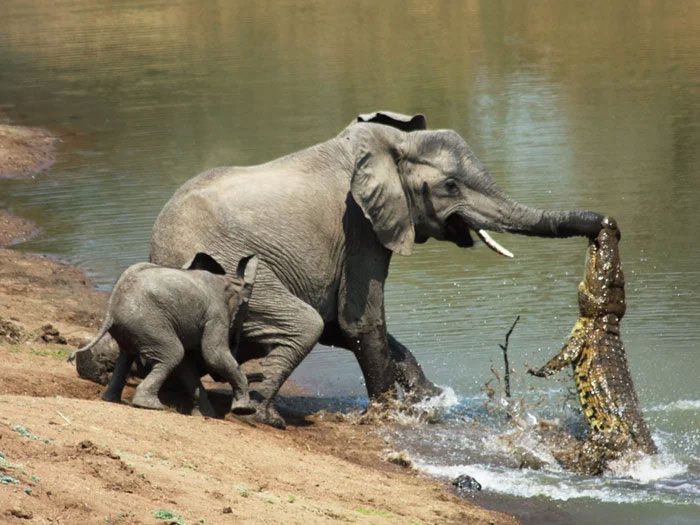
Crocodile attacking an elephant.
Although crocodiles move slowly, their success rate in hunting is quite high, reaching about 75%. They can often catch fast-moving fish and birds, indicating that crocodiles must have their unique hunting methods.
Typically, crocodiles bask on the shore or float motionless on the water’s surface, patiently waiting for prey. If you don’t look closely, you might mistake them for a floating log.
When a crocodile underwater spots its prey, it will dive below the surface and slowly approach. Once they are within striking distance, they will suddenly leap out of the water and deliver a fatal blow to the prey, then quickly roll in place, using a “death roll” to kill the prey instantly.
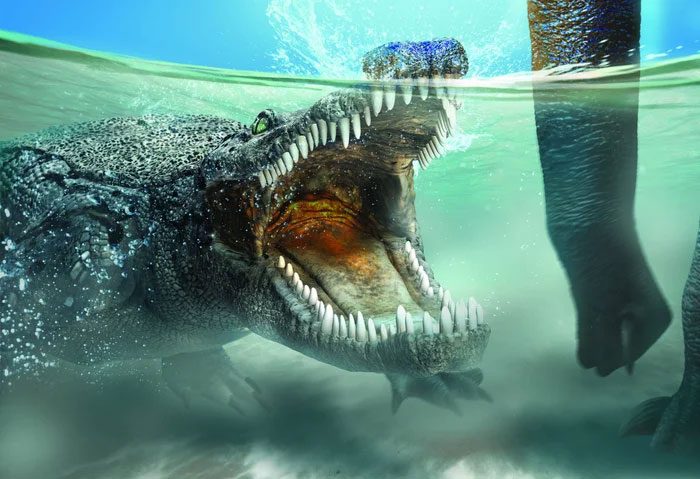
Underwater, crocodiles dive and slowly approach their prey.
If the prey is still alive, crocodiles will drag it to deeper water to drown it, then tear it apart and swallow the unfortunate animal. When facing larger prey, they will pull it into cover to hide, waiting for the carcass to decompose before eating.
Many believe that when hunting, crocodiles not only use their sharp teeth but also strike with their tails; however, in reality, crocodiles rarely employ this hunting method as it consumes more energy and strength.
However, when encountering larger animals such as lions and leopards on land, crocodiles can attack with their tails. Compared to large cats, crocodiles may be slow on land and are easily attacked from the side, making their tails weapons during these moments.
The unique lifestyle and habits of crocodiles have prevented them from suddenly going extinct like the dinosaurs. Scientists have concluded that certain characteristics of crocodiles differentiate them from other animal species through studies of existing crocodiles.
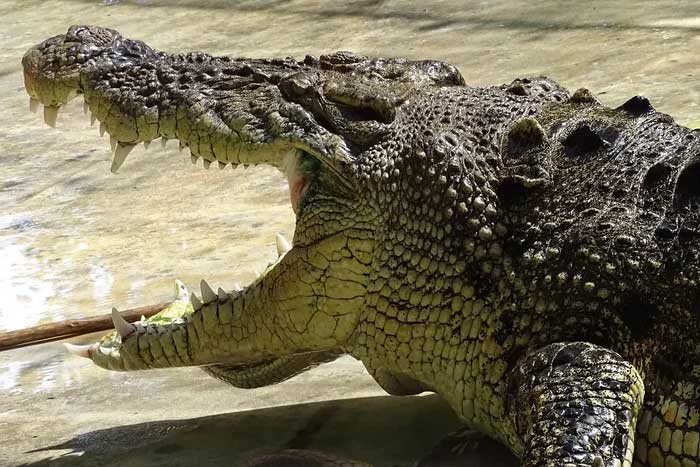
When necessary, crocodiles can cooperate to hunt larger prey.
The relationships among members of a crocodile group are relatively harmonious; except for a few smaller crocodiles that may become food for larger ones, the other members can coexist peacefully.
When necessary, they can collaborate to hunt larger prey. Crocodiles are also quite generous when they catch prey, often sharing their meals with other members of the group. This cooperative relationship significantly enhances the survival chances of individual crocodiles while also increasing the overall survival rate of the crocodile population.
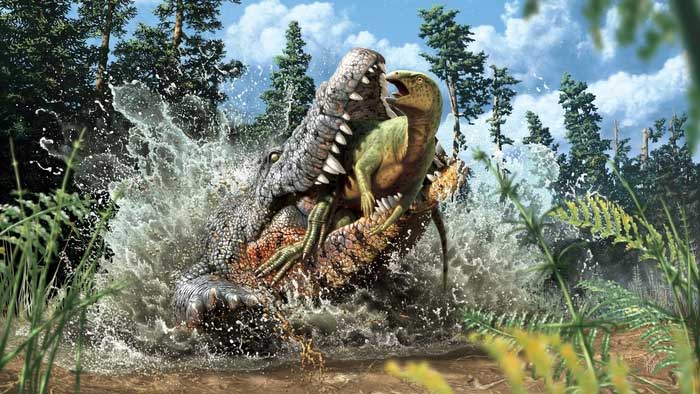
Crocodiles are always mindful of time when hunting.
Compared to lions, tigers, leopards, and even dinosaurs, crocodiles are always mindful of time when hunting, usually expending the least energy to capture their largest prey. This is clearly a significant advantage and can help them survive through food scarcity.
During the global mass extinction 65 million years ago, many species vanished forever, including dinosaurs. Although the prey for crocodiles significantly decreased, the mass extinction also caused a rapid decline in crocodile populations, but the surviving crocodiles still had enough food, while the dinosaurs were not as fortunate.
After the extinction of dinosaurs, giant crocodiles also became top predators in nature. Except for humans, hardly any animal can attack adult crocodiles, and the habitats of crocodiles thus became death zones for many animal species.








































